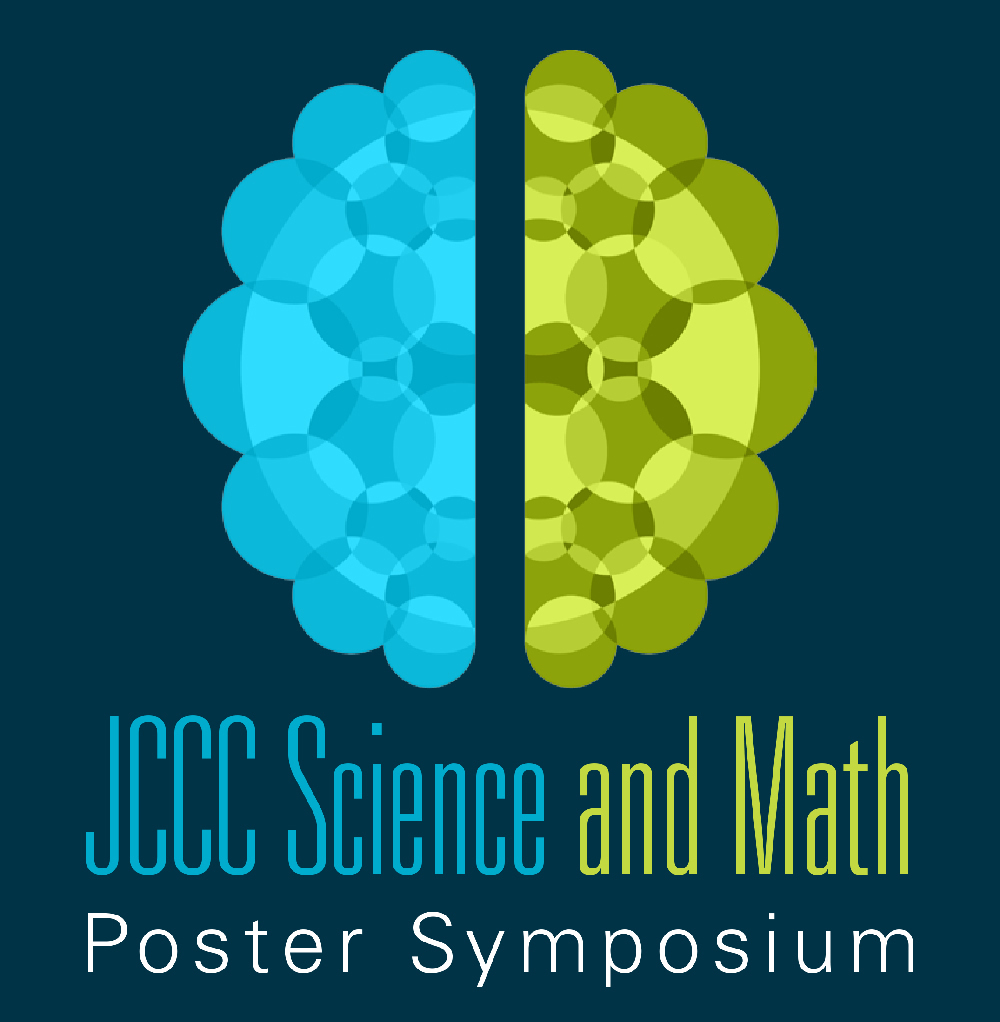Soil Sample
Location
CoLab
Start Date
3-5-2019 9:00 AM
End Date
3-5-2019 10:15 AM
Document Type
Poster
Description
Antibiotics are medicines that are used globally to treat bacterial infections. Resistance to antibiotics is currently becoming one of society's biggest threats to health care. This occurs when bacteria begin to change their genetic make-up in response to the use of antibiotics. Due to how quickly new resistance mechanisms are evolving across the world, scientists are constantly looking to discover new antibiotics. Most of the antibiotics prescribed today were originally discovered from soil samples collected around the world. For this reason, the purpose of the experiment is to isolate local soil sample candidates and identify an organism that shows the potential for antibiotic use. To begin, the soil samples are put through various serial dilutions in order to reduce the culture to a concentration that can be tested from. The candidates are then selected and transferred to a master plate. Using the safe alternatives to ESKAPE pathogens, these candidates are each tested for the presence of zones of inhibition. After observing the growth of the organisms on the 50% TSA plates, one candidate will be selected to continue further testing on to determine if it will be antibiotic producing.
Image
Soil Sample
CoLab
Antibiotics are medicines that are used globally to treat bacterial infections. Resistance to antibiotics is currently becoming one of society's biggest threats to health care. This occurs when bacteria begin to change their genetic make-up in response to the use of antibiotics. Due to how quickly new resistance mechanisms are evolving across the world, scientists are constantly looking to discover new antibiotics. Most of the antibiotics prescribed today were originally discovered from soil samples collected around the world. For this reason, the purpose of the experiment is to isolate local soil sample candidates and identify an organism that shows the potential for antibiotic use. To begin, the soil samples are put through various serial dilutions in order to reduce the culture to a concentration that can be tested from. The candidates are then selected and transferred to a master plate. Using the safe alternatives to ESKAPE pathogens, these candidates are each tested for the presence of zones of inhibition. After observing the growth of the organisms on the 50% TSA plates, one candidate will be selected to continue further testing on to determine if it will be antibiotic producing.


Comments
The faculty supervisor for this project was Melissa Daggett, Biology.